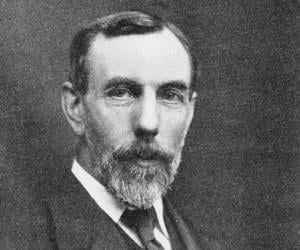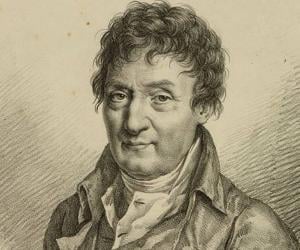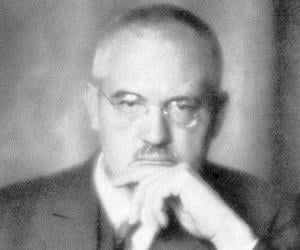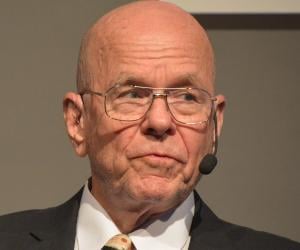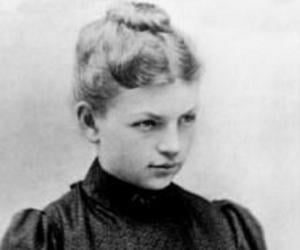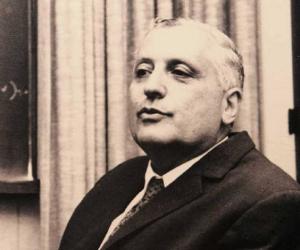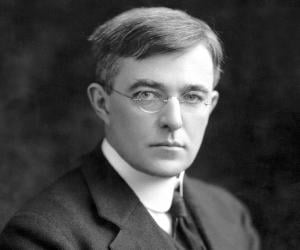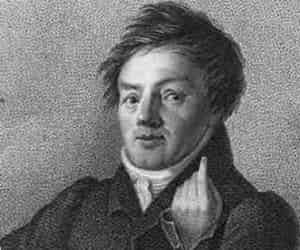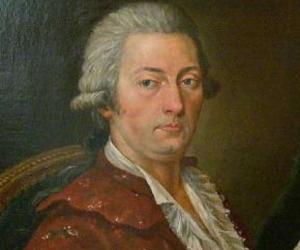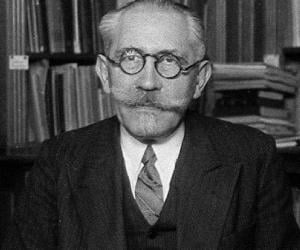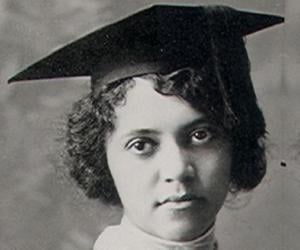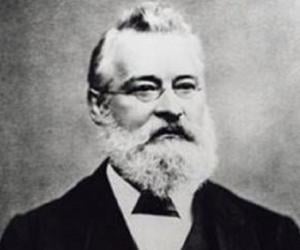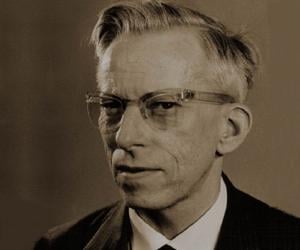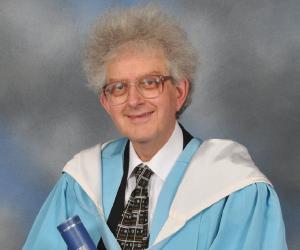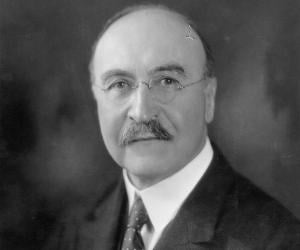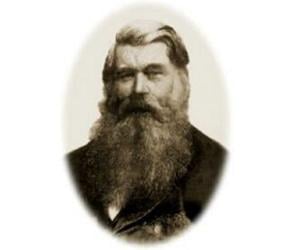Quick Facts
Also Known As: Sir William Ramsay
Died At Age: 63
Family:
father: William Ramsay
mother: Catherine Robertson
Partner: Margaret Johnstone Marshall
Born Country: Scotland
Chemists Scottish Men
Died on: July 23, 1916
place of death: High Wycombe, England
Grouping of People: Nobel Laureates in Chemistry
Notable Alumni: University Of Tübingen, University Of Strathclyde
Cause of Death: Nasal Cancer
City: Glasgow, Scotland
More Facts
education: University Of Glasgow, University Of Strathclyde, University Of Tübingen
awards: 1904 – Nobel Prize in Chemistry
Elliott Cresson Medal
Childhood & Early Life
William Ramsay born on October 2, 1852, was named after his father who was an engineer by profession in Glasgow, Scotland. His mother was Catherine Robertson and Ramsay’s uncle was famous geologist Andrew Ramsay.
William completed his early education from his native town in the ‘Glasgow Academy’ and after studying briefly at the ‘University of Glasgow’ in 1870 he moved to the ‘University of Tübingen’ for his doctorate studies.
Working on his dissertation ‘Investigations in the Toluic and Nitrotoluic Acids’ under renowned chemist Wilhelm Rudolph Fittig he earned a doctorate in philosophy in 1872.
Career
After completing his studies he returned to Glasgow and accepted the position of a research assistant in the chemistry department of ‘Andersen College’.
In 1879 he moved to the ‘University College of Bristol’ when he was offered the post of Professor. He taught chemistry to the students and even continued his research on the subjects.
The year 1881 was important milestone in his academic career as he was designated as the Principal of ‘University College of Bristol’.
However the most important turn in his career came when he joined the ‘University College London’ as the successor of Alexander Williamson. Presiding over the chair of Chemistry in the institution, he made numerous significant discoveries during his tenure.
Some of the earliest researches he conducted were on oxides of nitrogen that were published between the years1885-90.
In 1894, he was introduced to the works of John William Strutt, who was working on isolating components of air. While one such experiment John had noted that there existed a difference between the densities of isolated nitrogen when compared to chemically synthesized nitrogen.
In August the same year, Ramsay who maintained steady correspondence with Strutt, mentioned his discovery of inert gas argon. He attributed the difference in weight of isolated nitrogen and chemically synthesized nitrogen to this chemically unreactive gas.
He then collaborated with Morris William Travers during the years 1895-1898, to discover several other inert gasses like xenon, neon and krypton present in the atmosphere. In other studies Ramsay conducted during 1903 led to discovery that the inert gas helium which was believed to exist only in the sun’s interior also existed in the Earth’s interior. Helium along with another inert gas radon, were the by-products formed continuously during the radioactive decay of radium.
Ramsay’s achievement received due appreciation and the eminent chemist was awarded a Nobel Prize in 1904.
His reputation was wide-spread and when this eminent chemist was approached to suggest a location for setting up the ‘Indian Institute of Science’ he named Bangalore. His close friend and colleague Morris William Travers was made the founding director of the institute.
Between the years 1911-1912, he presided over the ‘British Science Association’.
Major Works
Ramsay’s most important contribution in the field of chemistry was the discovery of inert gases or noble gases which comprise the Group 18 of the periodic table of chemical elements. The discovery led to the use of helium as an alternative to hydrogen in lighter than air craft and use of other noble gases like argon in filament bulbs.
Awards & Achievements
The erudite scientist was a recipient of the ‘Davy Medal’ presented by the ‘Royal Society of London’ in the year 1895.
William Ramsay was awarded the ‘Nobel Prize in Chemistry’ for his distinguished service to the field of inorganic chemistry in the year 1904. The discovery of argon led to a new era in the field.
Personal Life & Legacy
William exchanged nuptial vows with Margaret Johnstone Marshall Buchanan and the couple had two children, Catherine Elska and William George.
The visionary chemist breathed his last on July 23, 1916, after battling nasal cancer in Buckinghamshire, England. He was interred at the parish church of Hazlemere.


